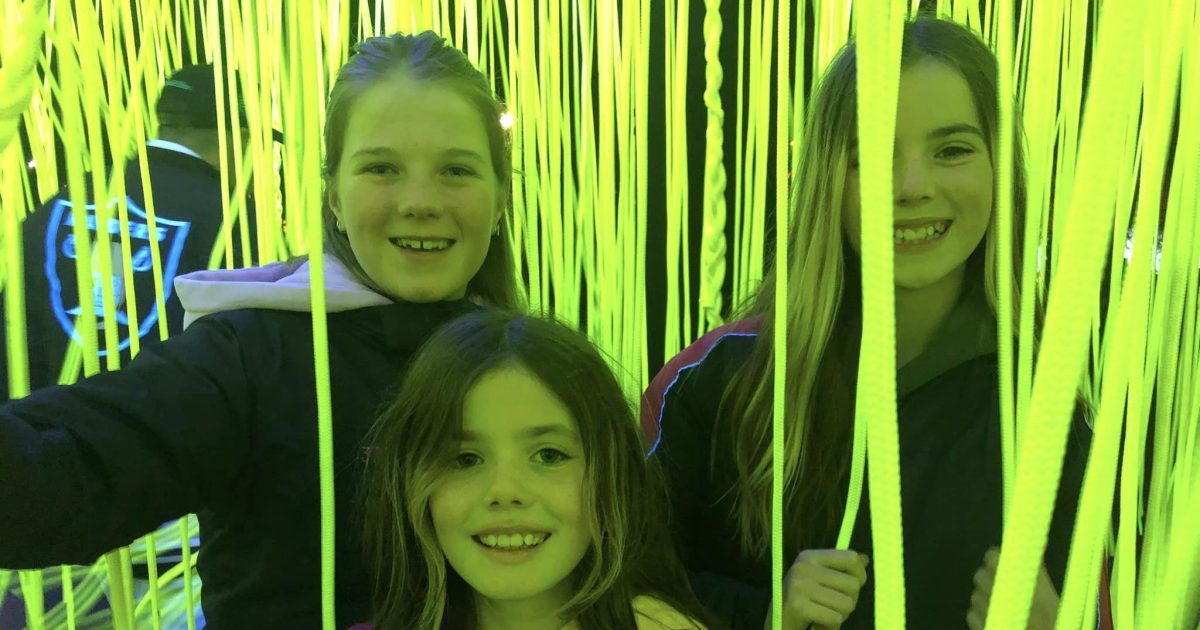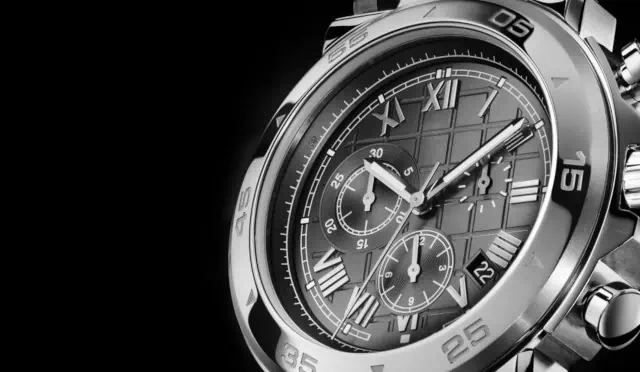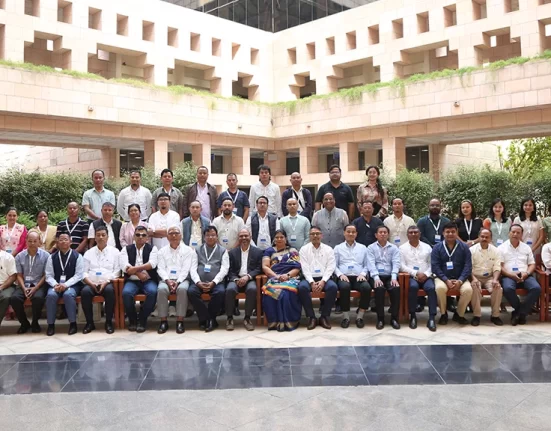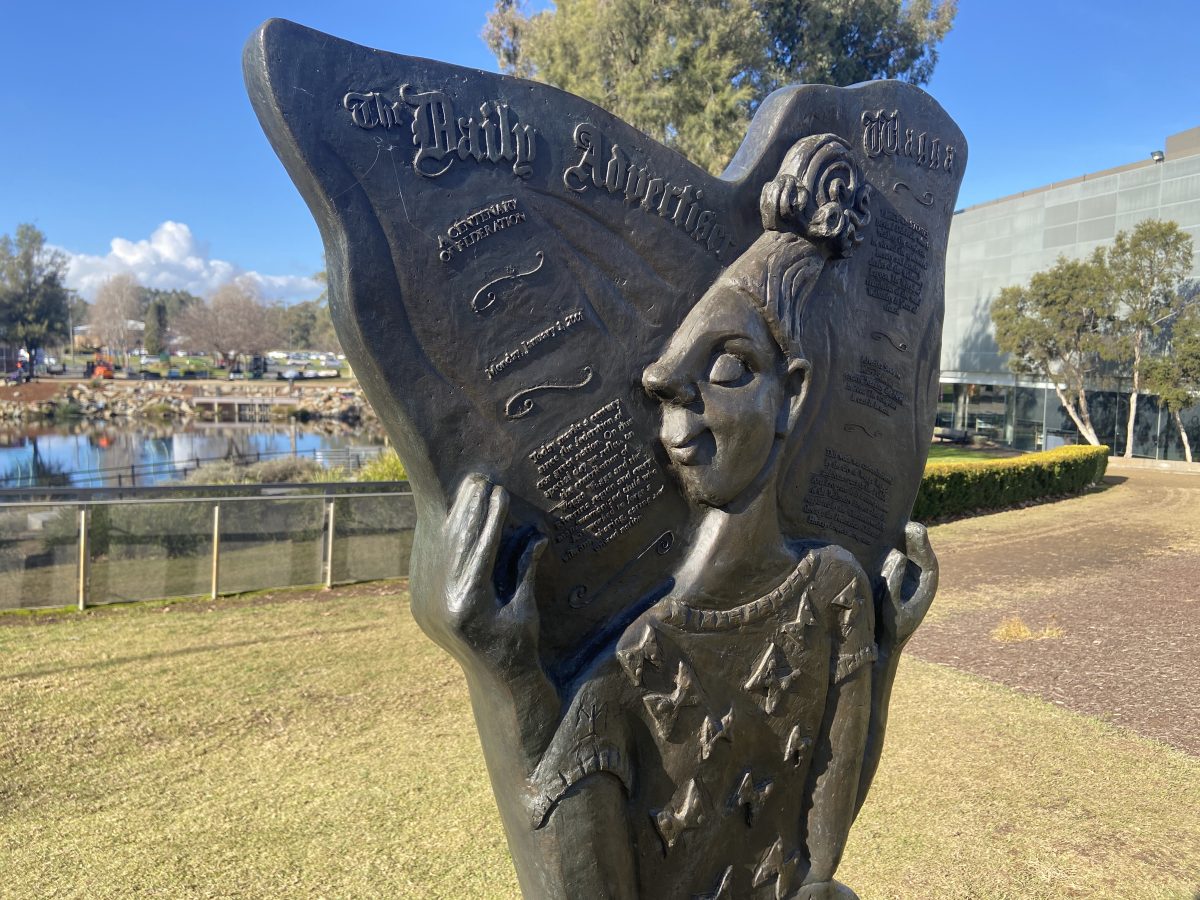
Wagga City Council has voted against a motion to lift the cap on public arts funding. Photo: Chris Roe.
Wagga City Council has voted down a proposal to amend the city’s public art policy and remove a cap on funding that has stalled recent investment in outdoor art across the local government area.
Councillor Jenny McKinnon had sought clarity on the funding of Wagga’s Public Art Reserve and why the previous allocation of a 1 per cent levy on the capital works budget has been capped at $50,000 since 2017.
Ultimately, concerns over tight budgets, expensive capital works, rising insurance costs and diminishing state and federal disaster relief funding saw the limit maintained.
“The outcome is very disappointing because there are so many benefits to having a great public art budget,” said Cr McKinnon.
“Art benefits the community in so many ways, both through the aesthetics, but also the economic benefits of attracting people from out of the district to come and spend their money locally.”
The complication in amending the policy stems from the fact that since 2020/21 the remainder of the 1 per cent levy has been directed into an emergency event reserve that the council uses to cover emergency repairs and unplanned works in the wake of natural disasters.
“I understand that council does have to find ways to reduce their insurance premiums, but why can’t we explore other avenues of funding for that emergency event reserve?” asked Cr McKinnon.
“These policies are scheduled to be reviewed next year, so I guess now we’ll have to wait to sort that out.”
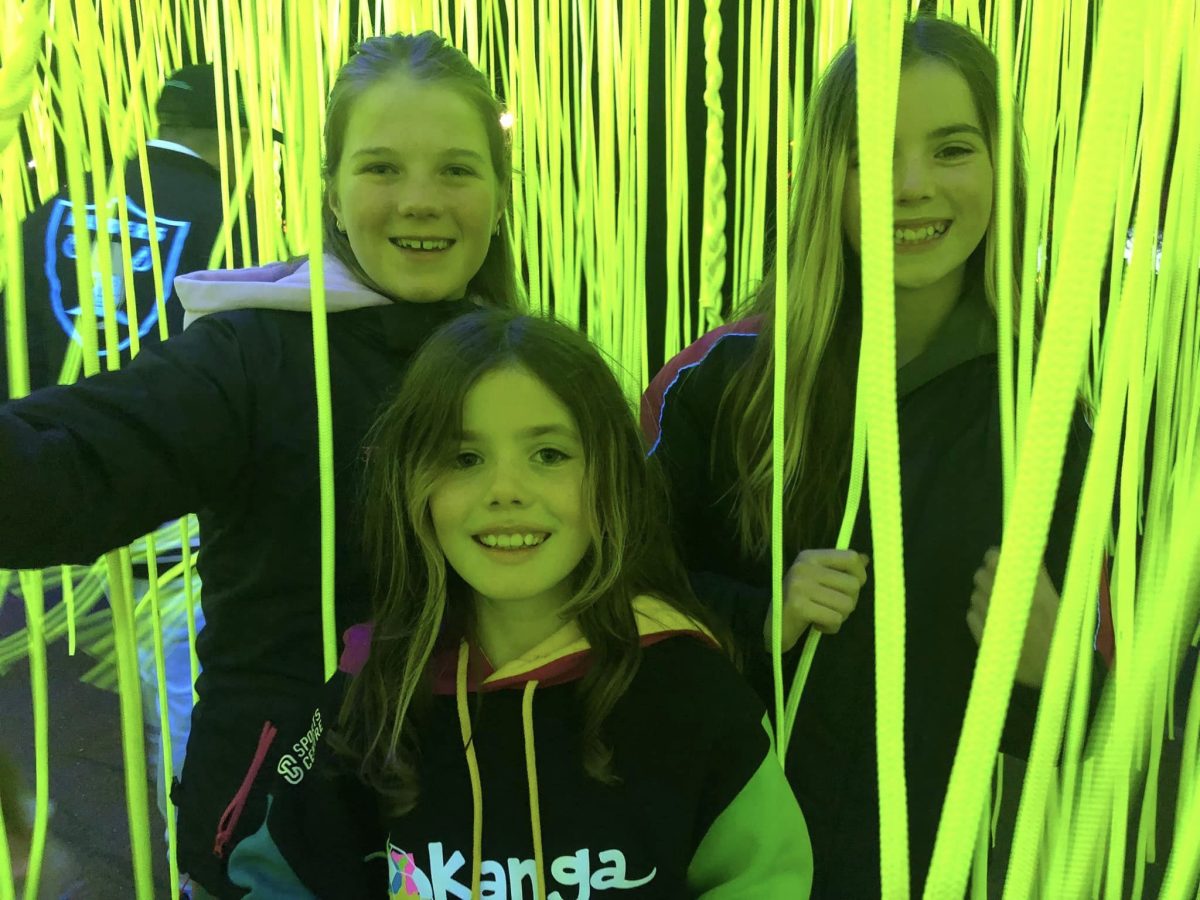
The UV Spaghetti was a popular installation at this year’s Festival of W. Photo: Chris Roe.
Members of the local arts community attended Monday’s meeting and spoke passionately in support of the move to allow more money to flow towards creative public projects.
Friends of the Wagga Art Gallery President Vicky Birkinshaw said public art added meaning to spaces and allowed communities to create a sense of uniqueness.
“A good piece of public art can capture the spirit and atmosphere of a place,” she said, explaining that Wagga’s arts precinct attracts 33,000 visitors a year.
“If you look at it from an economic perspective, these arts dollar visitors are considered high-yield visitors, which means they spend more on average than every other visitor.
“The majority are 55-plus with a lot of discretionary income,” she said.
Eastern Riverina Arts Executive Director Tim Kurylowicz argued that a 1 per cent levy for public art was common in NSW local government and was considered best practice.
“It means that as a council, your public art spending increases and decreases with your other capital works. It’s a small clip of the ticket and it’s not a commitment that hobbles council as times change,” he said, explaining that public art covers more than just murals and sculptures.
“It can include creative lighting installations that ensure people can go out to the pub at night, knowing they can walk safely back to where their car is.
“You will see lighting projection installations like we’ve seen in the last couple of weeks, bringing people into their city and supporting hospitality businesses right at the time when they need to support the most.”
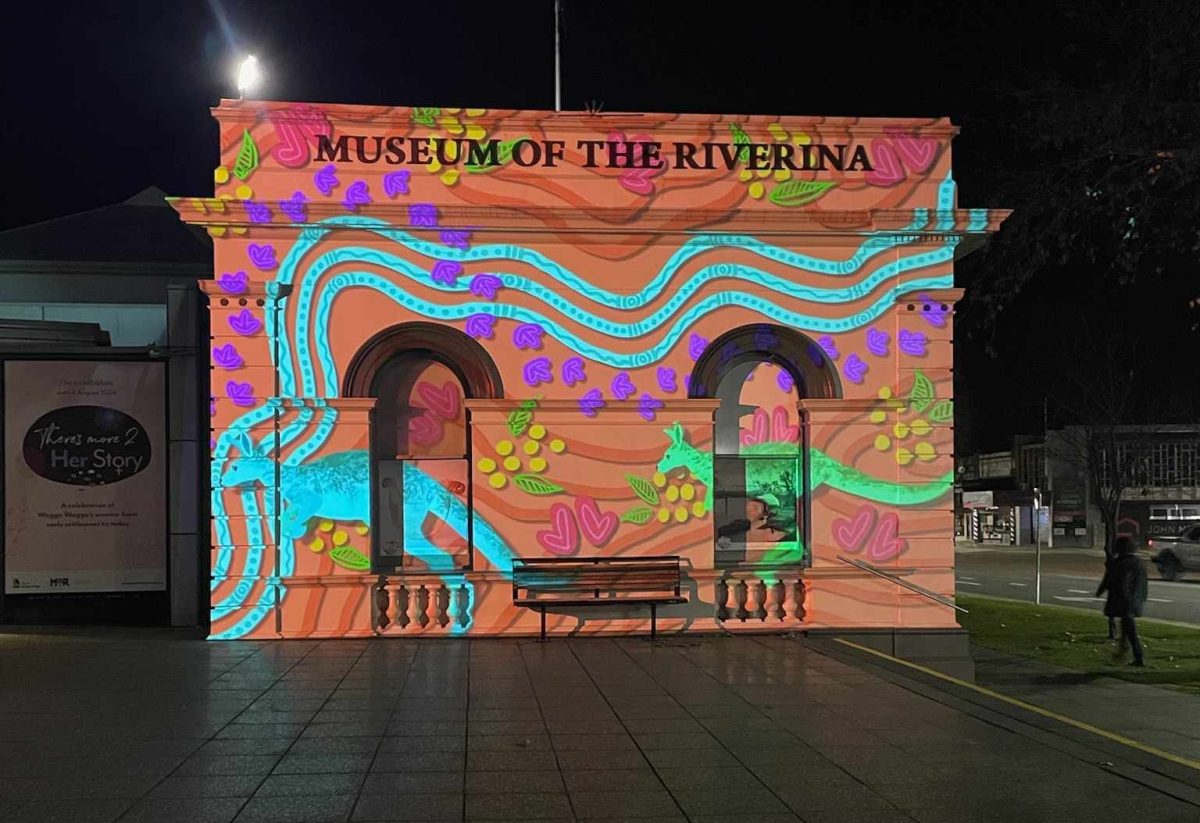
First Nations artist Sarah Levett and local animator Alice Peacock delivered projections for this year’s Festival of W. Photo: Katrina Roe.
Mr Kurylowicz said council should deliver more than just ‘roads, rates and rubbish’ to the community and that investment at the local level could also attract additional funding from state and federal arts bodies.
Councillor Mick Henderson pushed back, explaining that the majority of conversations he had with ratepayers centred around “fix my road”.
While he expressed support for public art, he warned that depleting the emergency event reserve could leave the council in a difficult position and said they should hold out until the next review.
The amendment was voted down four votes to one and the issue was relegated to the next council’s budget deliberations in the 2025/26 financial year.

